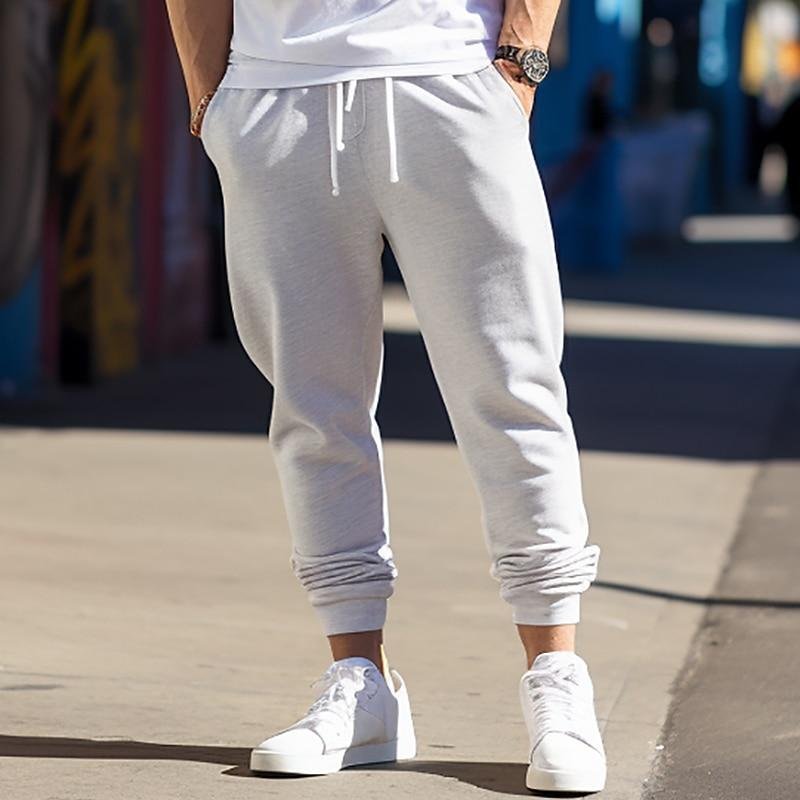Tag1: Apparel
Tag2: Fashion Trends
Tag3: Sustainable Fashion
Fast fashion has taken the clothing industry by storm in recent years, with online retailers and brick-and-mortar stores alike offering a constant influx of new and trendy pieces at low prices. While this may seem like a dream come true for fashion lovers, there are hidden consequences to this rapid turnover of styles.
One major impact of fast fashion is its toll on traditional apparel brands. With consumers constantly searching for the latest trends at affordable prices, established clothing companies struggle to keep up and often resort to discounting their products in order to compete. This can result in decreased profits and even bankruptcy for some brands.
In addition, fast fashion’s emphasis on quick production leads to poor working conditions and exploitative labor practices in garment factories around the world. Many popular fast fashion retailers outsource their production to countries with cheaper labor costs, where workers are subjected to long hours, low wages, and unsafe working conditions.
Another downside of fast fashion is its contribution to environmental damage. The demand for new clothes every few weeks results in increased production using cheap materials that are not meant to last. As a result, vast amounts of textile waste end up in landfills each year as these items quickly fall out of style or simply wear out.
However, amidst these negative impacts lies an opportunity for change through sustainable fashion practices. More consumers are becoming aware of the harmful effects of fast fashion and are seeking alternative options such as secondhand shopping or supporting ethical clothing brands that prioritize fair labor practices and environmentally friendly materials.
Fashion trends will always come and go, but it’s important for both consumers and industry leaders alike to consider the wider implications beyond just what’s hot in the moment. By being mindful about our purchasing habits and holding companies accountable for their actions, we can work towards creating a more sustainable future for the clothing industry.

